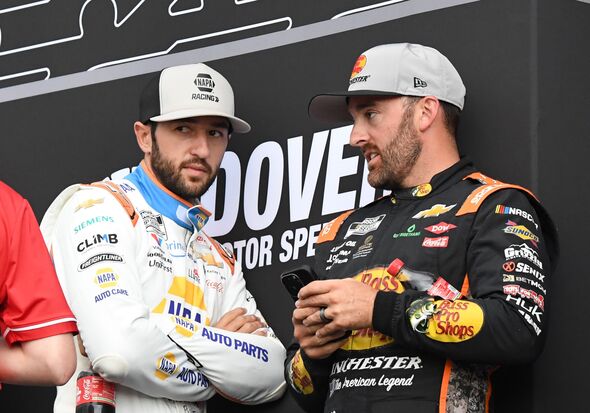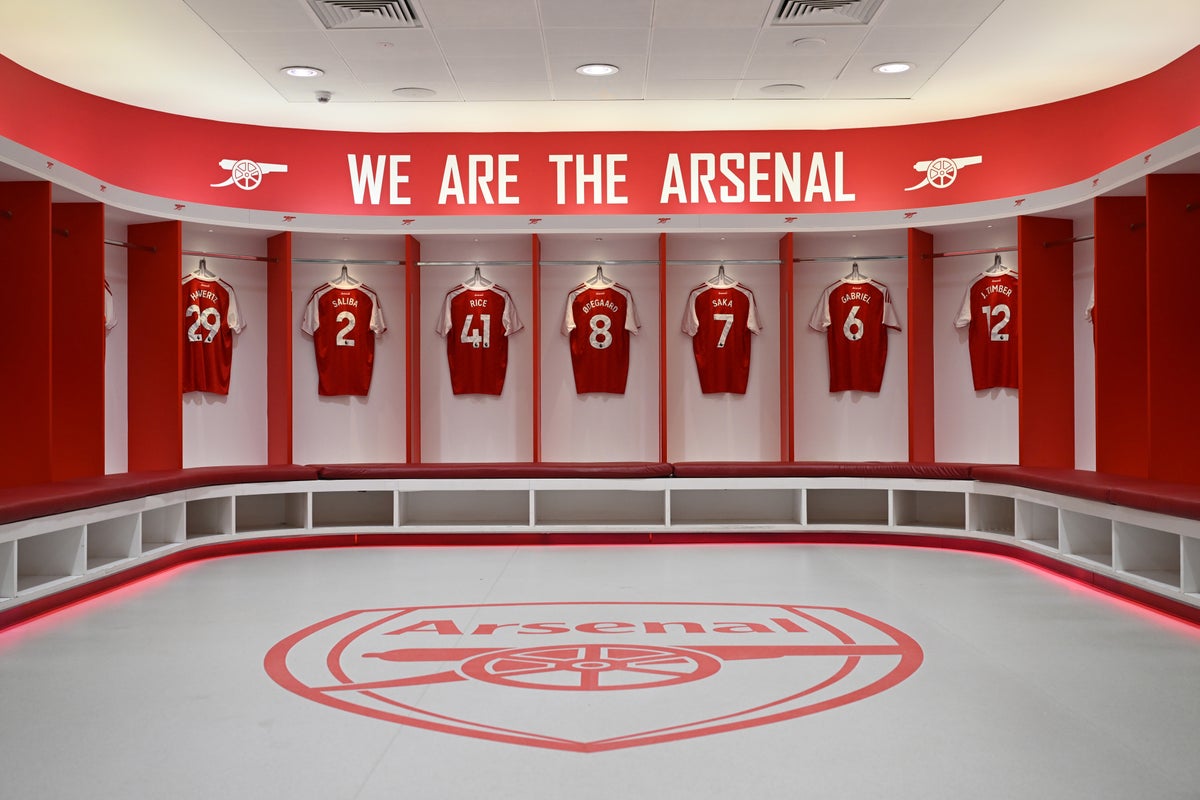NASCAR finds itself at a familiar crossroads, grappling with persistently challenging television viewing figures despite the electrifying performance that saw Chase Elliott clinch a dramatic victory in a recent Cup Series race. This scenario, where compelling on-track action fails to translate into robust broadcast ratings, casts a shadow over what should have been a celebratory moment for the sport and its legion of fans. The disparity between thrilling Motorsport events and stagnant viewership trends signals a deeper, systemic issue that NASCAR executives are keenly aware of, highlighting the ongoing struggle to expand its audience in a rapidly changing media landscape.
Elliott’s Saturday night triumph was lauded by many as one of the most exciting races of the season, a testament to the competitive spirit and raw talent inherent in NASCAR Racing. Such events are precisely what the sport hopes will draw new eyes and retain loyal followers. Yet, the subsequent release of viewership data has reportedly caused significant apprehension within the sport’s leadership, prompting a critical re-evaluation of its strategies. This pattern suggests that even the star power of a popular driver like Chase Elliott and a high-octane finish might not be enough to overcome the broader challenges impacting TV viewership.
Industry analysts are scrutinizing a confluence of factors that could be contributing to this ongoing struggle for audience engagement. One significant element is the seismic shift in media consumption habits, with traditional linear television facing intense competition from streaming platforms, digital content, and on-demand services. Younger demographics, in particular, are increasingly opting for alternative ways to consume sports and entertainment, making it harder for established broadcasters to capture and hold their attention through conventional means.
Furthermore, NASCAR operates within an incredibly competitive sports and entertainment ecosystem. Major leagues like the NFL, NBA, and MLB, along with emerging e-sports and other global Racing series, constantly vie for viewer eyeballs and sponsorship dollars. This intense competition necessitates innovative marketing and content distribution strategies for NASCAR to carve out its unique space and appeal to a diverse audience. The efficacy of current promotional efforts and fan outreach programs is thus under the microscope as the sport seeks to reignite interest.
The implications of declining TV viewership extend far beyond mere statistics; they directly impact NASCAR’s financial health and long-term sustainability. Television revenue remains a cornerstone of the sport’s economic model, funding everything from prize purses to team operations and infrastructure development. Sustained audience engagement is also crucial for attracting new sponsors, retaining existing partnerships, and ultimately, ensuring the continuous growth and vitality of the Motorsport.
Addressing this persistent challenge effectively will be paramount for NASCAR to maintain its cultural prominence and broaden its appeal. This likely involves a multi-faceted approach, perhaps embracing new digital platforms more aggressively, experimenting with novel broadcast formats, or even rethinking race scheduling to better align with contemporary viewing patterns. The focus must shift towards not just delivering thrilling races, but also ensuring those spectacles reach and resonate with the widest possible audience. The future trajectory of NASCAR rides heavily on its ability to adapt and innovate in the face of evolving media consumption and market dynamics.
Discover more from The Time News
Subscribe to get the latest posts sent to your email.





